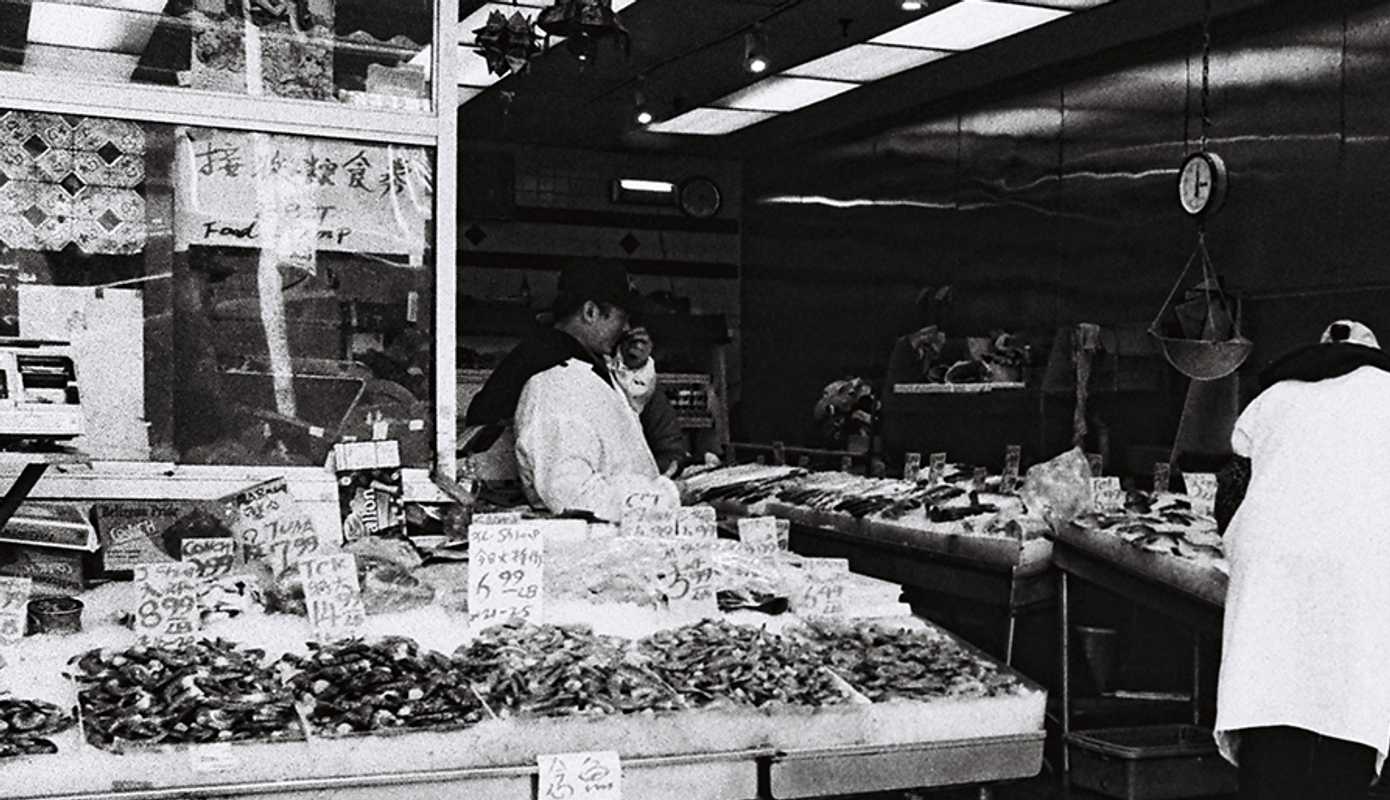This piece is from our latest print edition: the FOOD issue, which you can buy here.
Singaporean hawker food is dying. Or so say the headlines.‘WHO WILL RUN SINGAPORE’S HAWKER STALLS?!’, wailed the BBC back in 2015 when it seemed that no one under 30 knew how to use a wok.
‘Hawker Culture Must Evolve To Ensure Survival’, announced our local newspaper this year, when it became clear that millennials wouldn’t just open hip coffee shops in gentrified neighbourhoods, but also make hawker food infused with aberrant, alarming compounds, like yuzu paste and truffle oil.
Some countries have street food and others, food trucks; you might say that Singapore’s equivalent is the hawker centre. Nestled on street corners and in housing estates, these complexes can house hundreds of stalls selling a huge, inexpensive range of traditional food and drink. For most people, they’re a cornerstone of national identity and pride – often the first thing that a Singaporean will rave about, when describing their country to a foreigner.
So, it comes as no surprise that patriotic foodies have panicked when faced with the potential death of hawker centres, mourning the loss of true Singaporean food made with grit and sweat. In ten years’ time – the story goes – Singapore will be a land of sanitised KFC outlets and haute, but deeply unsatisfying, ‘angmoh’ cuisine. Sambal will be extinct. Not one person will remember how to make hokkien mee.It’s hard to understand where these operatic levels of angst come from, unless you know something about how food shapes Singapore’s sense of self. Part of it is self-presentation: we’ve figured out that food, being primal, slips seamlessly across cultural divides as touristic capital.
Our tourism board’s videos are a glutton’s fever dream, skipping from wet markets and steaming woks to close-up shots of roast meat. Last National Day, the roads near our airport were lined with plastic models of chilli crab to welcome tourists.
But our obsession is partly about self-fashioning. In a country only 52 years old, hawker food has become a reference point in the search for a collective identity – something to distinguish us from our forebears in China or India, as well as from our neighbours across the causeway (some sage advice: never get a Singaporean started on the subject of Penang-style laksa). Some years ago, a piece of writing titled ‘In Singapore We Love Through Food’ went viral. It listed a number of famous hawker dishes, and the emotionally resonant moments that Singaporeans associate with each one – from bak chor mee after a hard night’s clubbing, to xiao long bao to salve the pain of a difficult breakup.
In a nation looking for itself, food has become a tool for self-knowledge. If our hawker food dies, we fear, a part of us might die along with it.
But what does it mean for a foodie culture to die or, quote-unquote, lose its authenticity?
One answer comes from Edward M. Bruner, an anthropologist who has researched Balinese cultures of dance. Over the decades, Bruner writes, performances originally devised for tourists have become integrated into local Balinese life, because culture isn’t an accumulation of rituals and idiosyncrasies at a fixed point in time, but a constantly evolving stream of interactions between the old, the new and anything in between.
If experienced frequently enough, even ‘false’ practices like the Balinese frog dance can become legitimate parts of local life. Performed culture becomes real if cultural gatekeepers, such as ourselves, ultimately accept it.
Maybe the same could be said of the DIY salad stands and kimbap stalls that dot any given food centre in Singapore’s central business district. Despite their foreign origins, the rate at which we’re consuming them suggests that they’ll soon join things like bubble tea – itself originating from Taiwan – in our everyday lunchtime lexicons. Besides, culture isn’t a zero sum game: new food doesn’t mean that old favourites have to die. As anthropologist Davydd J. Greenwood puts it, cultures are always “in the process of ‘making themselves up’.”So it’s unlikely that the food trends working their way into the hallowed halls of our open-air food courts will replace more established dishes, ones that took decades to gain a foothold in our cultural imagination. At least not right away.
And if they do over time, then what of it? Was Hainanese chicken rice – a hawker mainstay so iconic that we once taught Gordon Ramsay how to make it – indigenous to the Malay archipelago? (Hint: no) Singapore’s hawkers have always been experts at ‘making themselves up’ in response to economic pressures. Once upon a time, they pushed two-wheel carts through the streets, rattling bamboo sticks and hollering the name of whatever good they had in stock. Hustling in a hothouse of immigrant trade, they carried their business on their backs to slash overhead costs.
Half a century later, these same hawkers would be corralled into market halls by the fledgling national government. Quality control measures like hygiene scales and grading systems would follow. Again the whole thing was about survival and progress; we were making the big leap from Third World to First, and a regulated hawker trade was our way of saying we’d arrived.
More than a single dish or canon of delectables, it is this gung-ho, success-at-all-costs attitude that really cuts to the heart of Singaporean hawking. The whole point has always been survival – selling just one more bowl of wonton mee than the stall next door. In the 1950s, this might have meant unveiling a secret family recipe for sweet sauce. Today it might mean lacing your bowls with truffle-oil, or side-stepping char siew for wagyu and cranking up your prices. Think of today’s hipster making masala-flavoured kopi as the spiritual descendant of a 1920s coolie perched by the Singapore River, touting his newer, tastier chai tao kuay recipe to anyone who’d listen.In the same way we’ve grown into our still-evolving national identity, when it comes to food, change will keep us true to our roots.
This piece is from our latest print edition: the FOOD issue, which you can buy here.




